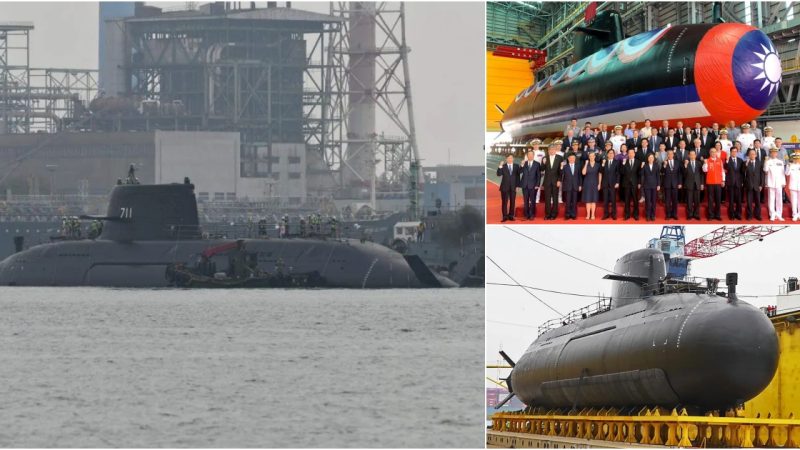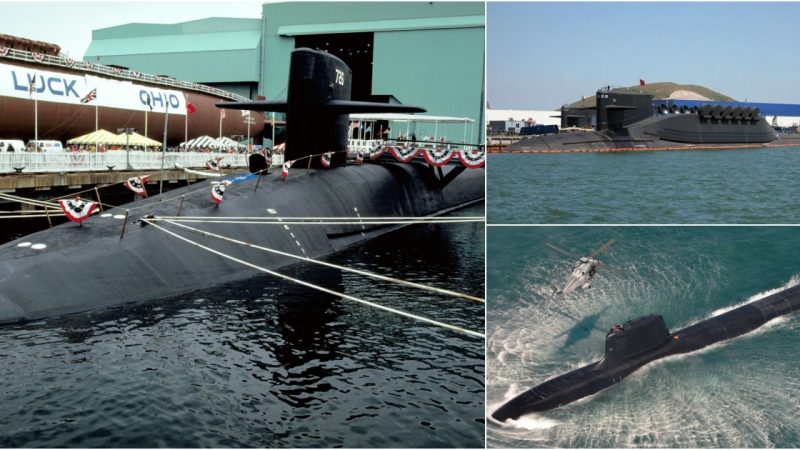Unleashing the Power: The McDonnell Douglas F-15 Eagle
The Evolution of Tactical Air Power: The Story of the McDonnell Douglas F-15 Eagle
The McDonnell Douglas F-15 Eagle stands as a testament to American ingenuity in the realm of tactical fighter aircraft. Born from the visionary designs of McDonnell Douglas (now part of Boeing), the F-15 Eagle was selected by the United States Air Force (USAF) in 1969 to meet the growing demand for a dedicated air superiority fighter. Entering service in 1976, it quickly proved its mettle, becoming one of the most successful modern fighters, with an impressive combat record that includes over 100 victories and no losses in aerial combat, most notably by the Israeli Air Force.
The Eagle’s versatility has seen it serve in numerous conflicts worldwide, from Israel to Japan and Saudi Arabia. While originally envisioned as a pure air superiority fighter, its design evolved to incorporate a secondary ground-attack capability, enhancing its effectiveness in modern warfare scenarios. The introduction of the F-15E Strike Eagle further expanded its role, providing all-weather strike capabilities with precision-guided munitions.
Over the years, the USAF has sought to modernize its fleet, initially with the introduction of the F-22 Raptor in the 2010s to replace older F-15 models. However, the service has opted to retain and upgrade several F-15C/Ds until 2026, followed by the acquisition of the F-15EX Eagle II to ensure air superiority well into the 2030s. This commitment underscores the enduring value and capability of the F-15 platform.
The F-15’s legacy traces back to the Vietnam War era, where the U.S. Air Force and Navy recognized the need for a new low-cost tactical fighter to complement existing aircraft like the F-100 Super Sabre and light bombers such as the A-4 Skyhawk and A-7 Corsair II. Several designs were considered, with the F-5 and A-7 emerging as front-runners. Ultimately, the A-7 was chosen for the Navy, while the Air Force pursued the F-5 for its air-to-air combat capabilities.
The F-X program, initiated in April 1965, sought to develop a new high-performance aircraft capable of outmatching potential adversaries. It called for a cost-effective solution with superior maneuverability and speed. After a rigorous evaluation process involving multiple companies and design concepts, the F-15 emerged as the clear winner, offering unmatched performance characteristics, including supersonic speed and a high thrust-to-weight ratio.
In December 1965, contracts were awarded to four companies to further develop their proposals, leading to the refinement of key design features such as variable-sweep wings and a thrust-to-weight ratio of 0.75. By July 1966, the F-15’s specifications rivaled those of the TFX F-111, solidifying its position as the premier air superiority fighter of its time.
The story of the McDonnell Douglas F-15 Eagle is not just one of technological innovation but also of strategic foresight and operational excellence. From its humble beginnings to its status as a cornerstone of modern air power, the F-15 continues to uphold its legacy as one of the most formidable fighters ever built.
Hits: 9










